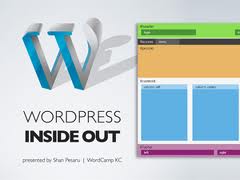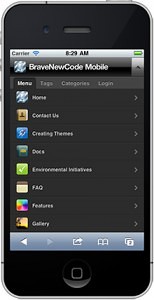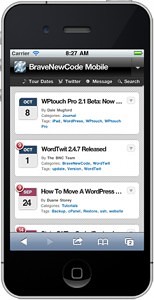
English: Browser usage share on Wikimedia Foundation projects on June 2011. (Photo credit: Wikipedia)
How’s your browser? No, I didn’t say bowser.
I’m talking about Mozilla (not gorilla) Firefox, Google Chrome, Microsoft Internet Explorer, Safari, and other steroidal and hormonal necessities of online life as we know it.
From the sounds of it, we can jump into a chrome fox mobile and explore while on a hot safari.
I don’t know about you, but I’m a wee bit tired of the issues with browsers of late:
- Google and Java don’t like each other.
- Heck, Firefox and Java don’t get along, either.
- Java and Shockwave interfere with Facebook.
- Chrome doesn’t work with my webinar hosting platform.
- Firefox is the best blog publishing browser, but there are glitches with Chrome.
- Browser plug-ins? Fuhgeddaboudit. Don’t try them; stay basic.
- Chrome is for anything else.
- Safari is just for Apple.
- Internet Explorer? Uhmm, who uses that?
- Mac and Windows are arch enemies; that’s why I have to run both side by side with one browser for one OS and another browser for the other…or some such.
Get my drift?
My prediction: Web browsers will control the world; heck, they already do. (Not you hackers.)
I will cry harder because my work product productivity is seriously suffering already. Every day. I wish I was born an IT guru; the problem is my mom loved to read, so she probably read me books on creativity while I was nesting in her belly.
Back to our African safari…let’s throw in the food. The only thing I know for sure is to eat your cookies and clear your dough, I mean cache.
Clear your cache every two to three days and your browser should work fine. At least, that’s what all IT support tells me.








 SUSAN SILVER SAYS:
SUSAN SILVER SAYS:







 at for exact data to encourage your transition?)
at for exact data to encourage your transition?)











